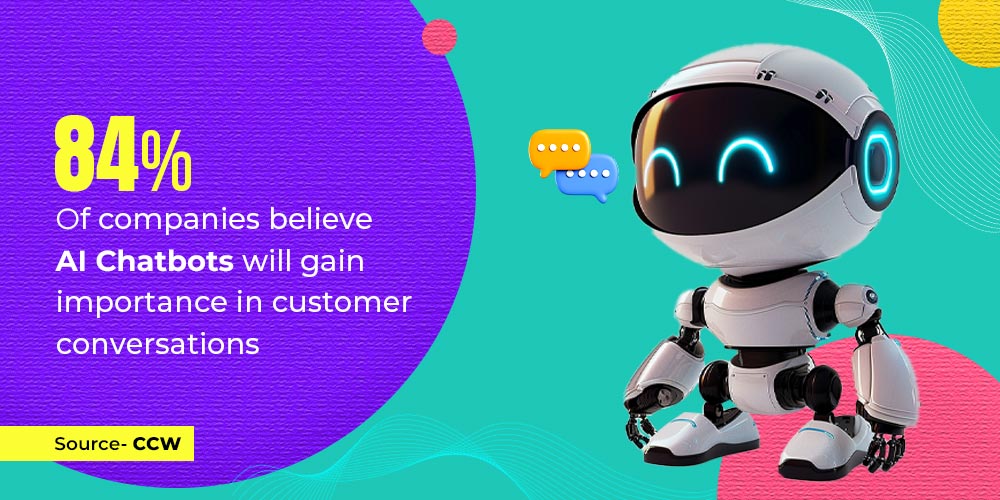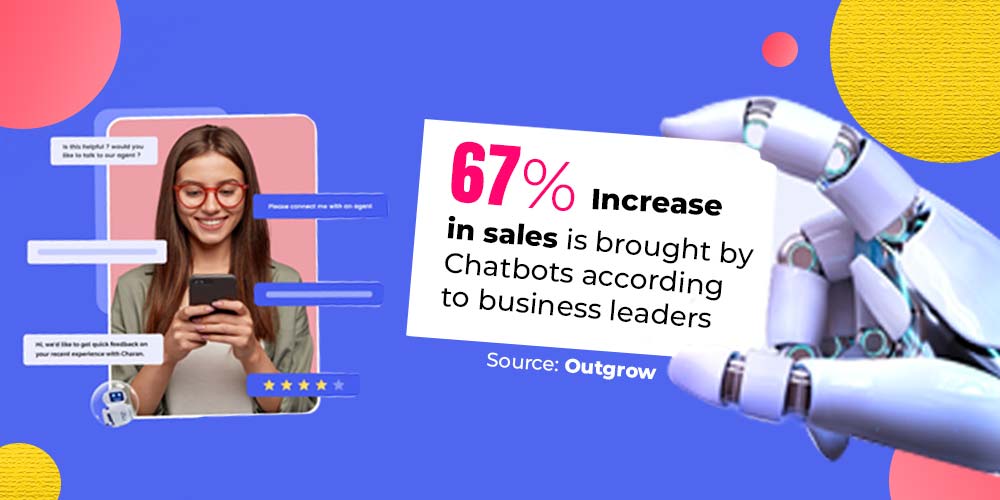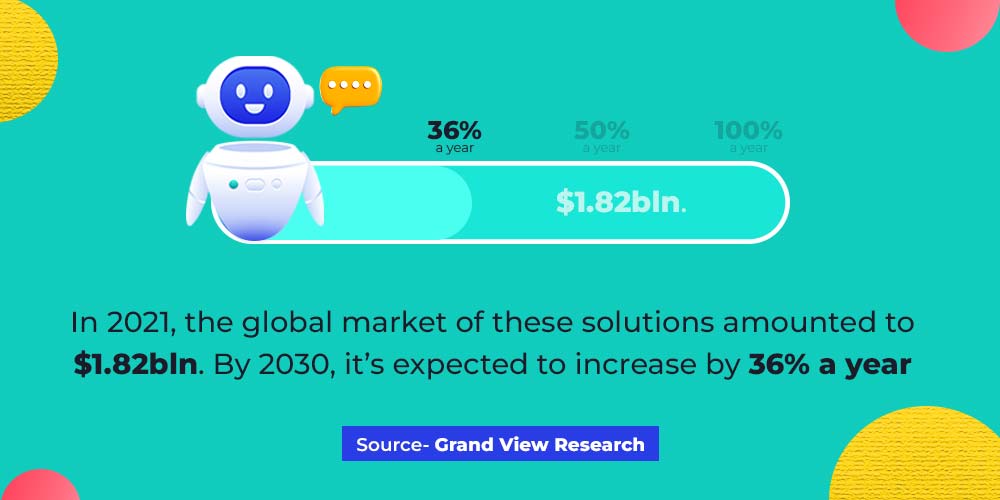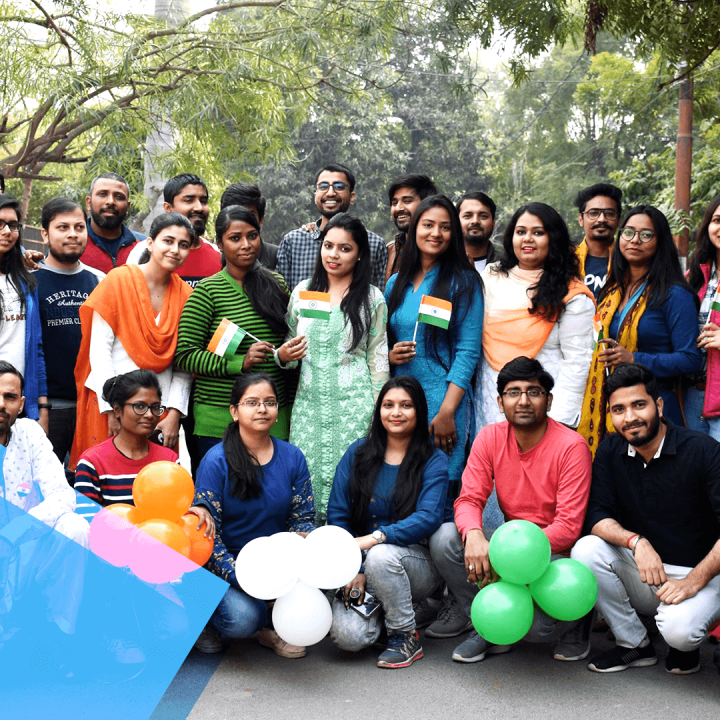Decoding Digital Conversations: AI Chatbots vs Human Interaction
Introduction:
In the vast expanse of the digital landscape, the ability to differentiate between AI Chatbots vs Human Interaction is evolving into an intriguing and essential skill. With the continuous advancement of artificial intelligence (AI), the boundaries between human-like chatbots and authentic human conversations are progressively blurring. This comprehensive blog is dedicated to enlightening readers on the crucial methods to distinguish whether they are engaging with a human or a robot in the digital realm.
By comprehending the nuanced traits and characteristics, users can adeptly navigate online conversations. 84% of companies believe AI Chatbots will gain importance in customer conversations – (Dashly.io)


Profile Information Dissection
Initiating the quest for authenticity, dissecting profile information stands as an initial indicator. Humans tend to possess complete and personalized profiles, featuring photos, bios, and links. On the contrary, bots may employ stolen photos or generic usernames. Further scrutiny of their network connections, both followers and followers, can expose artificial networks, providing valuable clues to their non-human identity.


Response Speed and Content Analysis
The tempo and substance of responses serve as insightful markers. Humans deliberate and take time, especially with complex queries, while AI-driven bots exhibit the capability for near-instantaneous replies. Additionally, the recurrence of repetitive or formulaic responses often signifies a bot, lacking the nuanced and original nature intrinsic to human conversation.
Navigating the Humor Landscape
Humor, a powerful discriminator, reveals much about the nature of the interaction. Humans effortlessly appreciate and generate humor, but AI bots often stumble when it comes to understanding and responding to it. Misinterpretations, literal responses to jokes, or struggles with sarcasm become evident signs of a potential bot interaction.
Grammar Perfection
Observing language proficiency becomes pivotal in the quest for authenticity. While humans occasionally make mistakes, AI-powered bots tend to produce grammatically perfect responses devoid of typos. The absence of linguistic errors can act as a red flag, suggesting meticulous programming rather than the occasional imperfections humans exhibit.
Conversation Flow Patterns
Analyzing the flow of conversation unveils distinctive patterns. Bots often strive to conclude conversations swiftly, achieving their objectives within one or two interactions before attempting to close the chat. Moreover, they may exhibit difficulties in addressing personal questions or engaging in discussions beyond their programmed domain, leading to deflection or generic responses.
Focus on Keywords and Context while doing AI Chatbots vs Human Interaction
Delving into the heart of AI interaction, the focus on keywords and context emerges as a critical aspect. AI bots excel in identifying and prioritizing keywords, enhancing their ability to respond to specific queries. However, this can lead them to miss the broader context or the genuine meaning behind a conversation. Observing how well responses align with the overall conversation context becomes instrumental in discerning between human-like understanding and the algorithmic nature of keyword-centric bots.
Lack of Genuine Empathy
Genuine empathy stands as a hallmark of human interactions. Despite advances, AI bots struggle to replicate the authenticity and depth inherent in human emotional cues. While they can mimic emotions through language, recognizing generic or inauthentic responses, especially in emotionally charged situations, becomes crucial in determining the source of the interaction.
Predictable Interaction Styles
Recognizing predictable interaction styles and evasion of personal questions are common in AI Chatbots vs Human Interaction. Humans thrive on unpredictability in their conversation styles, adapting seamlessly to various tones and topics. Bots, once their patterns are deciphered, tend to follow certain predictable trajectories, signaling to users that they are not interacting with a real person. Identifying and understanding these routines becomes key in distinguishing between the spontaneity of human conversation and the predictability of algorithmic responses.
Evasion of Personal Questions
To maintain a semblance of privacy and detachment, AI bots are often programmed to evade personal questions. Humans, on the contrary, may openly disclose personal information. Recognizing instances of deflection or the provision of generic responses in response to personal inquiries becomes a clear indication of a potential bot interaction.
Continuous Learning and Adaptability : AI Chatbots vs Human Interaction
Human adaptability in conversation, the ability to seamlessly navigate new information and unexpected shifts, remains a distinct trait. Bots, while capable of learning, may struggle to cope with unexpected turns in the conversation, resulting in confusion or nonsensical responses. Identifying the adaptability of the conversation partner stands crucial in discerning between the learned responses of a bot and the dynamic nature of the human conversation.
We prepared a blog on the Capabilities of AI. Click the link to get in-depth knowledge about it.


Conclusion:
In the ever-evolving digital landscape, the ability to decipher subtle cues distinguishing human interactions from AI-driven conversations is paramount. This comprehensive guide has equipped readers with the knowledge needed to recognize the signs of chatting with a human or a robot. By remaining vigilant to these distinctive traits, users can confidently navigate online conversations, ensuring a more authentic and engaging digital experience. In an era of advancing technology, this knowledge emerges as an essential skill for fostering meaningful connections in the digital age.







